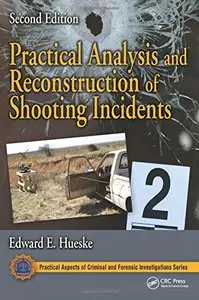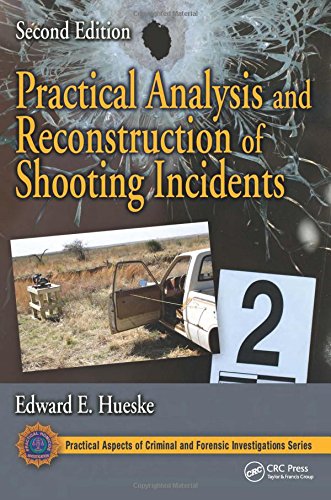Practical Analysis and Reconstruction of Shooting Incidents, Second Edition (Practical Aspects of Criminal and Forensic Investigations) by Edward E. Hueske
2015 | ISBN: 1498707661 | English | 506 pages | PDF | 26 MB
2015 | ISBN: 1498707661 | English | 506 pages | PDF | 26 MB
Practical Analysis and Reconstruction of Shooting Incidents, Second Edition presents a holistic approach to shooting incident analysis and reconstruction, covering the entire spectrum of related sub-disciplines of forensic science. The book reviews basic firearm design and function, ammunition components, and terminology, explaining what constitutes pertinent evidence and appropriate results relative to autopsies, forensic laboratory analysis, and reenactments.
The second edition features numerous additions including:
Four new chapters
Complete and extensive updates to all 16 original chapters
Three case studies contributed by renowned professionals in the field
New and revised exercises at the ends of chapters, with answers provided
An expanded glossary of terminology
Nearly 340 figures and illustrations, with several in full color
New and updated references and suggested readings
Appendices containing relevant terminology, checklists, and other resources
The book details the mathematics of shooting reconstruction in clear, precise language that allows readers―both those with and without extensive science backgrounds―to apply a logical thought process to the evaluation of shooting scene evidence in order to establish the probable related events to the shooting incident.
This new edition provides up-to-date information for field investigators to recognize, preserve, document, and interpret the physical evidence typically found after shooting incidents. In addition to the hundreds of illustrations, the book uses both case studies and step-by-step outlines to clearly describe the required analytical processes involved in reconstructing and interpreting shooting incident scenes.



